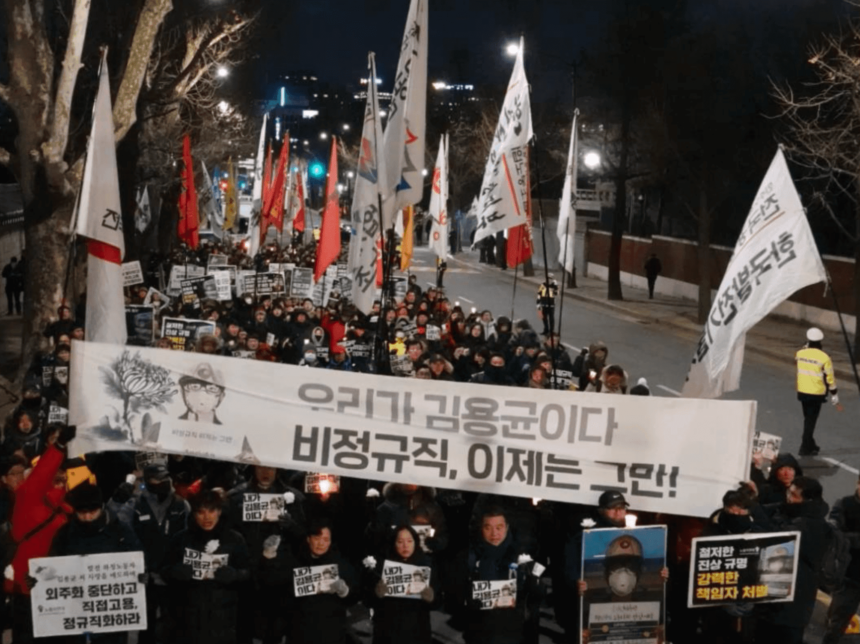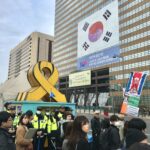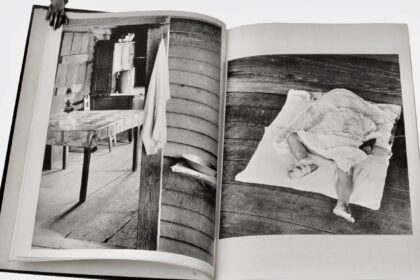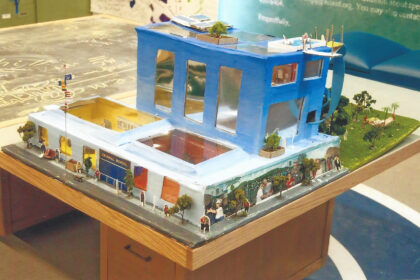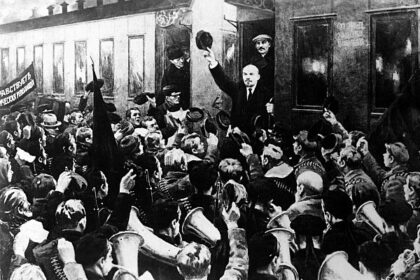Editorial | Spring 2024
The artist is to see the situation of this land and this era. If this situation is filled with contradiction and corruption, it is the command of our conscience that tells us to direct a focused attention there…
Manifesto of the Association of Gwangju Freedom Artists (July 1979) [1]
I am pleased to introduce FIELD’s Spring 2024 issue, edited by Jae Hwan Lim, a member of the FIELD Editorial Collective. This issue is devoted to contemporary socially engaged art in South Korea. Jae has assembled a set of articles which examine both the complexities of activist art in South Korea, and the tensions that have emerged around cultural politics more generally in that country. The production of engaged art in South Korea today is conditioned by two significant historical factors. The first is the tradition of Minjung or “Peoples” art, which emerged in conjunction with the broader democratic movements against military authoritarianism that unfolded across South Korea beginning in the late 1970s. Drawing inspiration from the Mexican Mural movement, Buddhist folk art traditions and the Chinese woodcut movement, Minjung art was often developed as part of student protests and pro-democracy demonstrations. Groups such as the Association of Gwangju Freedom Artists and Reality and Utterance sought to challenge the formalist escapism of abstract, monochromatic painting (known as “Dansaekhwa”) that dominated the institutional artworld at the time. The second factor is the more recent emergence of South Korea, and Seoul in particular, as a major hub of the global art market. In 2022 South Korean galleries and auction houses generated over $750 million in sales, driven largely by wealthy young Korean millennials and Gen Z collectors. The intoxication of the market is exemplified by influencers such as “RM” (Kim Nam-joon), a 29-year-old “rapper” associated with the K-pop group BTS, who recently announced his purchase of Roni Horn’s cast glass sculpture Untitled for $1.2 million dollars on Instagram. In Horn’s account, the work “isn’t two things. It’s everything. It’s synthesis; not this and that. It’s a state of integration,” epitomizing the routinized evocation of categorical indeterminance that serves as the default aesthetic horizon of a vast swathe of contemporary, market-based art. Engaged art in South Korea today is, thus, poised between a radical, or at least oppositional, past and a present defined by the eager assimilation of art to the circuits of global cultural and economic power. What options exist for artists today who seek to contest this process? How might the legacy of Minjung be mobilized in the current neo-liberal moment? And what forms of resistance, organized or nascent, might provide a foundation for future practice? We are very grateful to Jae and his contributors for their work and dedication, and delighted to be able to share their important insights with our readers.
Grant Kester
[1] Sohl Lee, Images of Reality/Ideals of Democracy: Contemporary Korean Art 1980s-2000s (Ph.D. dissertation, Program in Visual and Cultural Studies, University of Rochester, New York, 2014), p.64.

